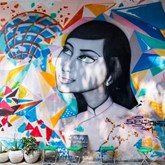Cookies on the Akorn Destination Management website
We use cookies to help you get the most from our site. If you continue without changing your settings, we’ll assume that you’re happy to receive all cookies on our site. However, you can change your cookie settings at any time.
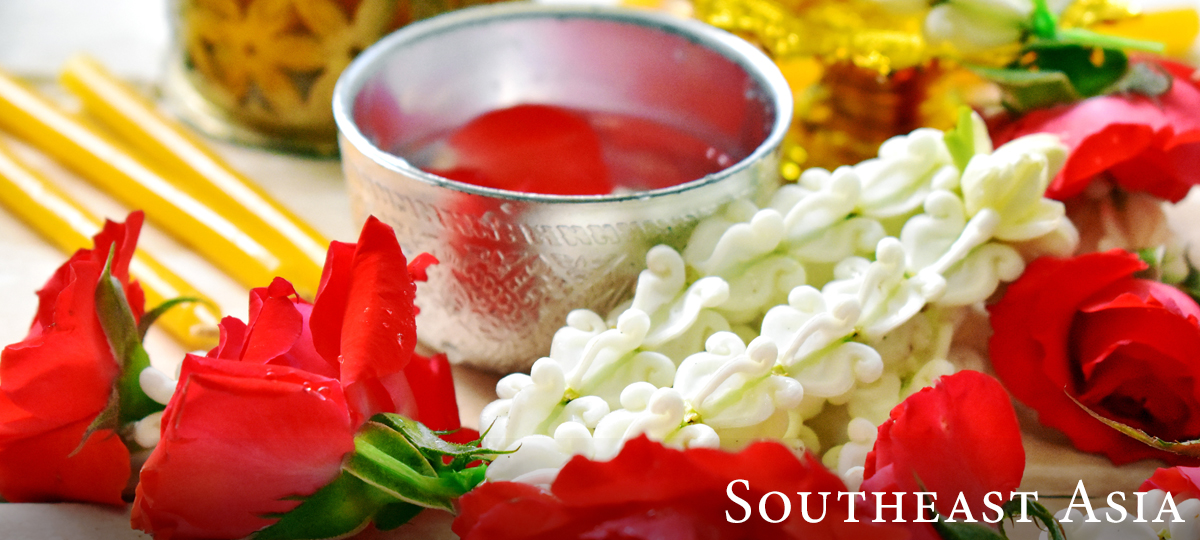
THE INSIDER by Akorn Southeast Asia April 2020
From Thailand’s spicy tom yum soup to Myanmar’s traditional tea leaf salads, Southeast Asia is a mecca of epicurean delights. Discover some of our favorite culinary experiences, plus mark your calendars with our cultural festival highlights. Our INSIDER textiles scholar reveals the wonder of ancient textiles and we are take part in Vanishing Bangkok, a photo exhibition that captures the fading moments of our city.
----------------------------------
And a few words from our guests:
“It truly was one of the most amazing trips of our life. Everything was flawless; from the tour director to the amazing choice of hotels, exquisite restaurant choices and choice of sights visited. It was an unforgettable experience. We are ready for our next adventure!”
Maria K., United States. Traveled on our Images of Indochina journey to Vietnam, Cambodia, Laos and Thailand.

Food, Glorious Food!
This week, Asia’s most influential gourmands unveiled the list of Asia’s 50 Best Restaurants in 2020. While four-time winner Gaggan is noticeably missing after closing its doors last year, our favorites like Bangkok’s Sorn and Bali’s Locavore moved up the ranks, making room for exciting new entries like 80/20 in Bangkok and Zén in Singapore.
While we’re celebrating epicurean excellence, we thought we’d highlight some of our favorite culinary experiences across Southeast Asia. From rustic kitchens to street-side hangouts and sophisticated dining rooms, there is a style and a flavor to suit everyone.
Fine Dining: Yangon, Myanmar will have your taste buds dancing with Michelin-star creations by chef Felix Eppisser at Seeds and gourmet tapas in the wine cellar of Le Planteur. Over in Luang Prabang, Laos, one of our favorite restaurants is Paste at Apsara, an offshoot of the award-winning Paste Bangkok, where Chef Bee adds her Michelin sparkle to traditional Laotian cuisine.
Countryside Cooking: Bangkok’s dynamic and eclectic dining scene is a drawcard for many travelers, but for us, the most rewarding gastronomic experiences are the ones you make yourself! That’s why we love spending an afternoon at our favorite Thai countryside kitchen in Chiang Mai where the local chef shares his secret recipes for chicken coconut cream curry and spicy seafood soup.
Local Gastronomy: Join us for a bite of lightly spiced grilled meats wrapped in a Vietnamese baguette or a plate of delicately wrapped white flower dumplings. These, along with cao lau noodles, a local specialty, are done to perfection here in Hoi An, an old port town on Vietnam’s central coast where you can sample a little bit of everything from street vendors or at The Market Restaurant, a vibrant food hall with open kitchens.
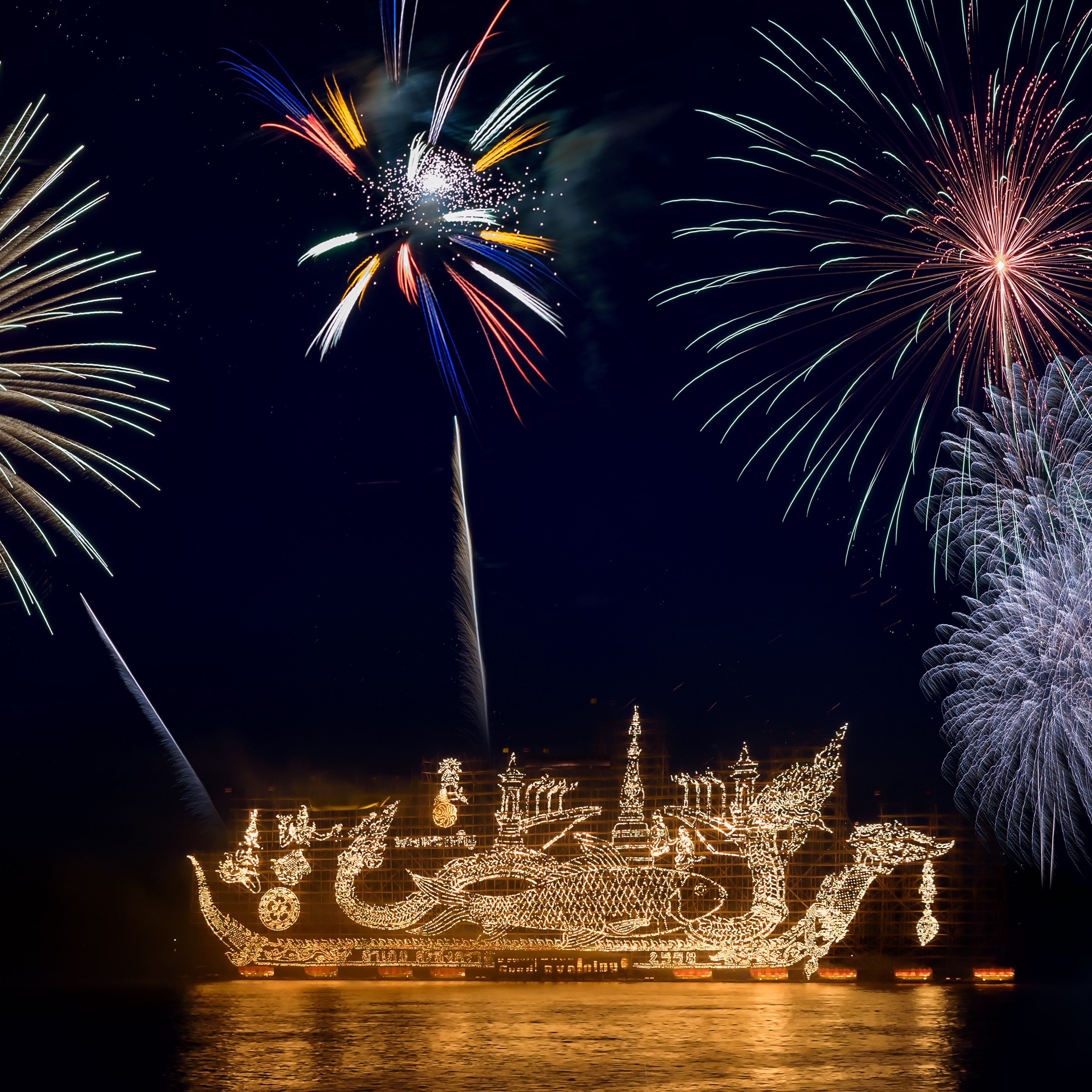
Our Top 5: Festivals Worth Traveling For
There is always a festival somewhere in Southeast Asia! From harvest festivals to Buddhist traditions, our destinations in Thailand, Cambodia, Laos, Myanmar, Laos and Indonesia always have something to celebrate. So here are our picks for the Top 5 festivals worth traveling for.
1. Boun Heua Fai, Laos | 2 October 2020
Imagine a scene of over 20 hand-crafted, brightly lit boats floating down the Mekong River at night. In Luang Prabang and many other small villages in Laos, this is exactly what happens at Boun Heua Fai, or the Festival of Light Boats, where families build their own bamboo or banana stalk boats and launch them into the river as a way of giving thanks to the luck-giving water spirits or nagas. People from ethnic villages don their traditional clothes and sing and dance to their traditional music as the fireworks light up the Lao night sky.

2. Tet, Vietnam | 12 Feb 2021
While Tet, the Vietnamese New Year, is one of the nation’s biggest celebrations, we recommend visiting in the week before the festival itself. In the lead up to the celebrations, the Tet flower markets come to town. Locals flock to these markets to pick out a blossoming tree for their home. Peach blossom, apricot and kumquat trees are particularly auspicious and are believed to bring good luck and happiness. Our favorite is Ho Chi Minh City’s Binh Dong flower market where boats brimming with colorful Mekong Delta flowers and trees line the riverside.

3. Phaung Daw Oo Festival, Myanmar | 17 October 2020 – 3 November 2020
Showcasing the rich culture of the ethnic Inthar people who live in stilted villages in the middle of Inle Lake, the Phaung Daw Oo Pagoda festival is one of the most colorful and exciting events in Myanmar. Five Buddha images with over 800 years of history are paraded around the lake on beautifully decorated ceremonial barges. The celebrations usually continue for three weeks with traditional dances and boat races where the best local boatmen row with their legs instead of their hands, in the traditional Inthar way.

4. Yi Peng, Thailand | 31 October 2020
On the full moon of the twelfth lunar month, the skies above Chiang Mai, Thailand are lit up with the light of a thousand lanterns. It’s a truly magical sight! The khom loi, or sky lanterns, are traditionally made from thin sheets of rice paper and represent a special wish or prayer for good luck. The Yi Peng lantern festival coincides with the more widely known Loy Krathong festival where locals take to Thailand’s lakes and rivers to float colorful baskets made of banana stalks and flowers.

5. Bon Om Touk, Cambodia | 30 October 2020
For three glorious days each year, Sisowath Quay in Phnom Penh, Cambodia is taken over by an alluring energy. Live bands fill the air with traditional beats while locals enjoy flock to their favorite market stalls to enjoy typical street eats like grilled meat skewers and lort cha fried noodles. The main event is the boat races on the Mekong where teams of up to 60 paddlers compete for the coveted title.

Tales of Traditional Textiles: An Art Scholar’s Journey
Known as Ake to his friends, Thweep Rittinapakorn is a scholar of Southeast Asian art, antiques and textiles who has been involved in various studies with a unique interest and perspective on Shan and Burmese textiles. We caught up with the regular contributor to the Siam Society and Thai Textiles Society to learn some of the hidden stories woven into Southeast Asian fabrics.
Q: Where does your passion for art and textiles come from?
A: Growing up, I spent a lot of time listening to old stories of bygone days from uncles, aunties, grandpas and grandmas. I lived in Bangkok for most of the year, but spent the summers in my hometown of Fang, a small district in the north, next to Chiang Rai and the Myanmar border. As a young boy, I saw many intriguing things, things that were culturally different like the festivities of the Tai people, the way of life in the hilltribes and the Mae Sai market at the Thai-Myanmar border. Without consciously knowing it, I believe these things shaped my perspective which later became an enduring passion for arts and culture.
Q: What do you love most about studying textiles?
A: It is captivating for me to realize how much information, from history and belief systems to folklore and workmanship details, can be drawn out from a single object. I love discovering something new and I find that textiles speak to me more than other objects because they are quite an intimate representation of their owners. In the old days, sartorial choice was not merely a fashion statement. It conveyed lots of underlying messages about the wearers, the makers and others. Reading those stories in the old textiles is as much fun as trying to solve a puzzle. It’s exhilarating!
Q: What should people know about Southeast Asian textiles?
A: There is something that I often tell people when looking at the objects from the past, and that is to not read them with the context that you’re living in. For example, people tend to have a negative attitude towards textiles that appear to have factory-made yarns, chemical colors or some more modern element incorporated into them. I have to remind them that these alien elements were actually indicators of wealth. Back then, only upper-class people could afford to buy imported materials, so these alien elements were actually descriptors of wealth and status.
Another example is the absence of home décor or objects d’art among the lower classes. In the old days, when peasants obtained wealth, they would make donations to a temple to gain merit. That’s why a lot of beautiful things are found at temples. Typical homes contained mostly utilitarian things, although sometimes they were nicely decorated with ethnic style. The luxury of having something beautiful, made of precious materials and refined workmanship, was reserved only for the upper classes.
Q: Do you have a favorite place to shop for antiques, art or textiles? Ie. where do source new objects / pieces for your personal collection?
A: I love to visit the flea markets or antique markets, especially in Europe. Lots of Asian objects are coming out from the old collections. In Thailand, the weekend market is still my favorite place to go. Though there are a lot of touristy items, every now and then they will have some good pieces and through my friendships and connections with all the dealers, I will always be among the first to know.
Q: Where do you like to eat and hangout in Bangkok?
A: I love to go to local Thai-Chinese restaurants, the kind that serve home-made recipes. Pattakarn Pan Fah (ภัตตาคารผ่านฟ้า) near Queen Sirikit Art Gallery on Rachadamnern Road is a good example or Krua Jae Ngor (ครัวเจ๊ง้อ). The fried rice, seafood and stir-fry dishes are always very delicious. For cakes and coffee, I like Eden on Larn Luang Road. Pathom Organic Living is also a perfect retreat with simple yet delicious and healthy snacks and drinks.
Q: What new developments can we expect in the world of Southeast Asian textiles?
A: Textiles research gives us insights into lost techniques, authentic materials as well as wearing styles. This knowledge is encouraging a revival in classical styles. In Thailand and Myanmar now, hand woven textiles producers and costume makers are bringing back authentic style with a sense of nostalgia. I also see new young designers that are trying to deconstruct old elements, traditional motifs and patterns and reinterpreting them into modern, wearable garments such as Mogok Pauk Pauk in Myanmar who incorporates Burmese textiles into her western couture, Burmese traditional dress and ready-to-wear fashion.
Meet Ake and explore private collections usually not accessible to the public on your next exclusive Akorn journey in Bangkok.
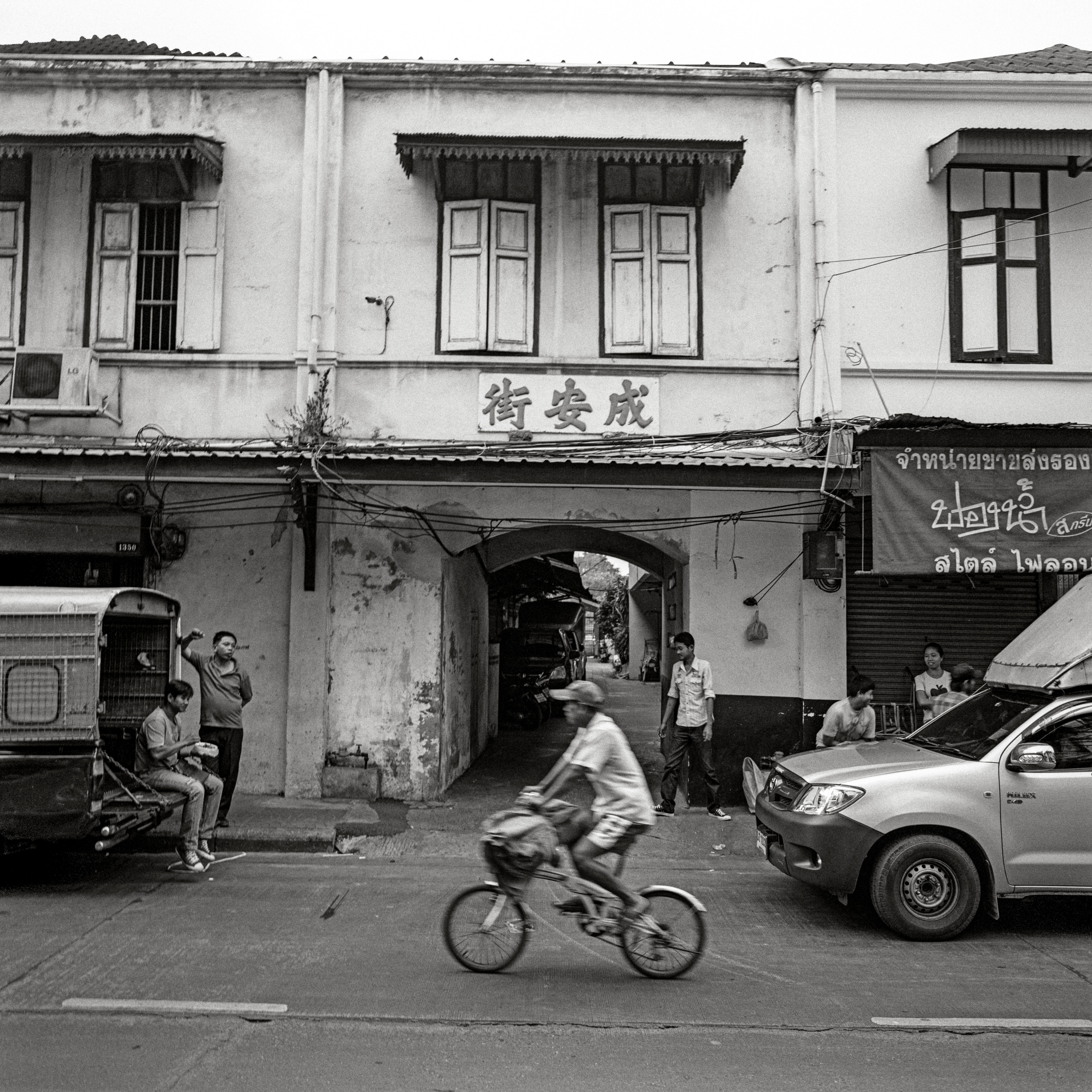
Supporting “Vanishing Bangkok”
“In today’s fast-paced world, it can be a challenge to hold on to a sense of community and that authentic connection with the past”, Belinda Shillcock, Regional Managing Director for Akorn Southeast Asia, gave the opening remarks at the launch of Vanishing Bangkok: The Changing Face of the City, a photo exhibition by Ben Davies.
Shot over the past five years on a large format Linhof film camera, Ben’s photographs capture the city’s fragile beauty, its rich heritage and faded charm which may be about to disappear forever beneath a tidal wave of urban development. From exquisite images of the Old Customs House on the banks of the Chao Phraya River to sleepy canals and dilapidated buildings shrouded in antiquity, they evoke the extraordinary history and diversity of this great city.
“We are proud to be part of this exhibition that helps preserve the very essence of why people choose to travel. For us, it is important to highlight the old, traditional roots of the places we travel while also embracing the new and exciting and we hope this inspires everyone to discover more of Bangkok’s hidden charms and old worldly splendor”.
Vanishing Bangkok is on at River City Gallery, Bangkok until 28 June 2020.
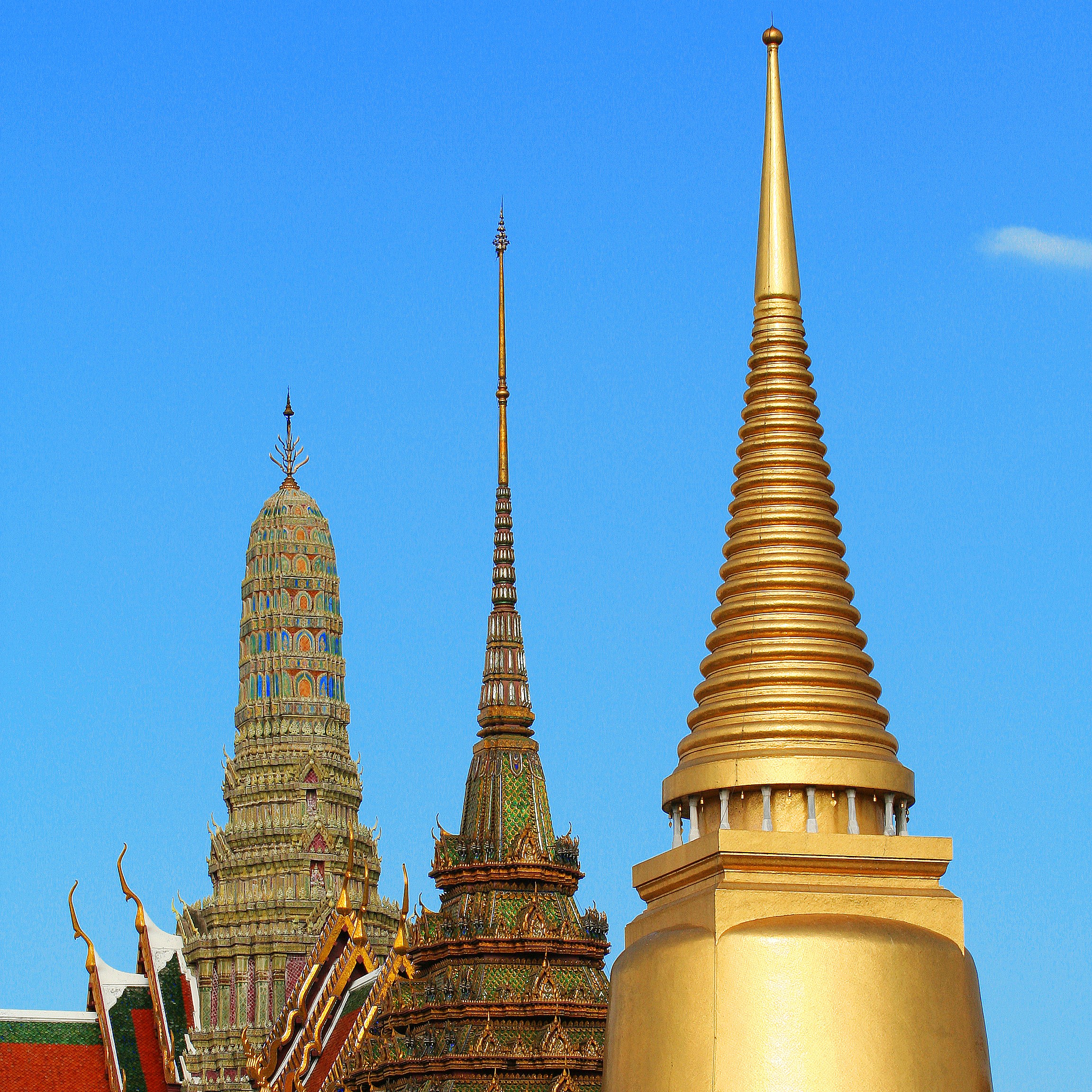
More INSIDER News from Around the Region
● Bangkok’s second Art Biennale is four months of art inspiration scattered across the Thai capital from 10 October 2020. Artists include Anish Kapoor, a prolific sculptor based in London and Yu Lang, a Shanghai-based multimedia artist.
● On 13 April, Myanmar, Cambodia and Laos observe the Buddhist New Year.
● Akorn continues its philanthropic mission during these unpredictable times by installing Clean Water Wells in Cambodia, providing Safe Water for Schools in Vietnam and supporting local schools in Myanmar. We thank all of our guests and travel advisors for your contributions and for keeping the spirit of global caring and outreach alive.
----------------------------------
For more information about anything you have seen in this newsletter, contact us:
Looking for more INSIDER news, ideas and travel information?
|
THE INSIDER by Akorn Southeast Asia Experience 48 hours with us in Ho Chi Minh City, get an INSIDER’s perspective on Cambodia from a journalist and former member of the UN’s Khmer Rouge Tribunal and discover a destination in trend – Ayutthaya, Thailand. Plus, check out our Top 5 most exciting and off-beat adventures on Southeast Asia’s rivers or lakes. |
THE INSIDER by Akorn Southeast Asia Give back with our new philanthropy project in Luang Prabang and discover Southeast Asia’s Creative Cities. We also reveal our Top 5 family getaways across the region and chat with one of the biggest stars in the Yangon dining scene. |
THE INSIDER by Akorn Southeast Asia Experience one of Southeast Asia’s most indulgent moments – afternoon tea. Meet a top Vietnamese chef who has developed a loyal following in Hoi An and around the world, discover how "we do" 48 hours in Phnom Penh and uncover the true spirit of Balinese rice fields. |
- Share us on
- © Abercrombie & Kent Ltd. All rights reserved
- About
- Privacy Notice
- Cookie Policy
- Terms of Use
- Data Processing Agreement

